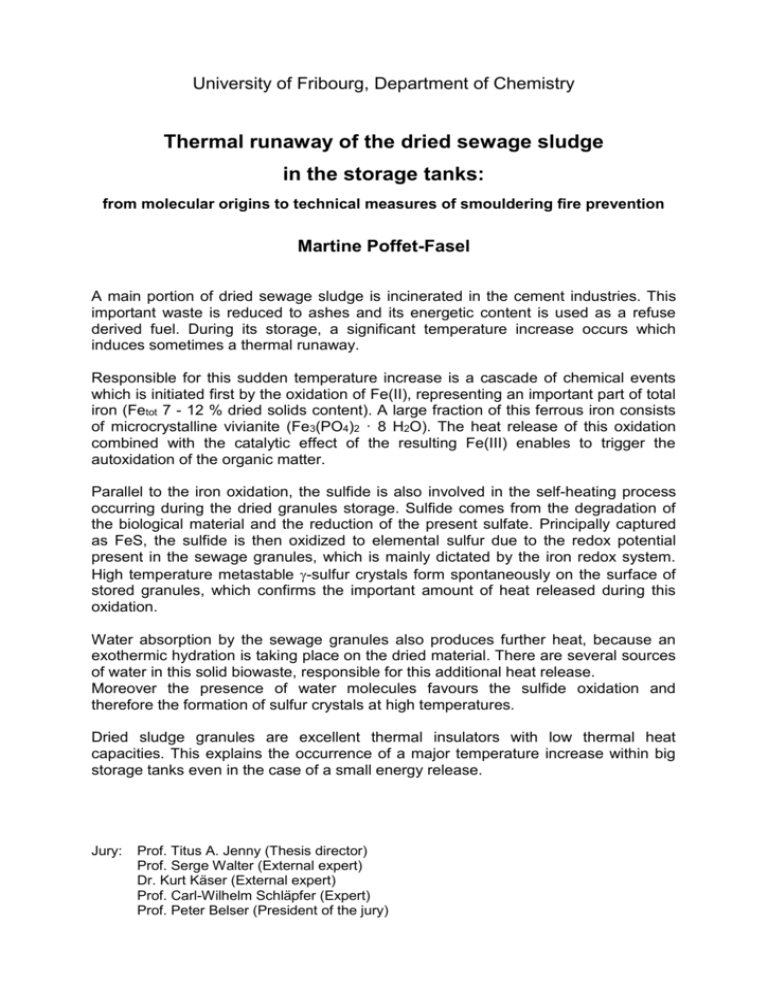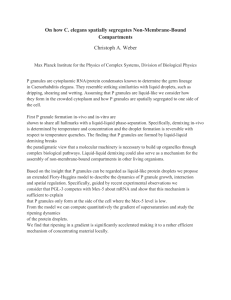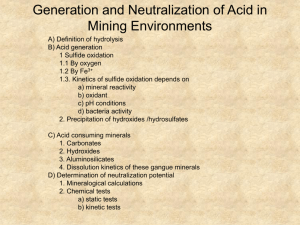Thermal runaway of the dried sewage sludge in the storage tanks
advertisement

University of Fribourg, Department of Chemistry Thermal runaway of the dried sewage sludge in the storage tanks: from molecular origins to technical measures of smouldering fire prevention Martine Poffet-Fasel A main portion of dried sewage sludge is incinerated in the cement industries. This important waste is reduced to ashes and its energetic content is used as a refuse derived fuel. During its storage, a significant temperature increase occurs which induces sometimes a thermal runaway. Responsible for this sudden temperature increase is a cascade of chemical events which is initiated first by the oxidation of Fe(II), representing an important part of total iron (Fetot 7 - 12 % dried solids content). A large fraction of this ferrous iron consists of microcrystalline vivianite (Fe3(PO4)2 · 8 H2O). The heat release of this oxidation combined with the catalytic effect of the resulting Fe(III) enables to trigger the autoxidation of the organic matter. Parallel to the iron oxidation, the sulfide is also involved in the self-heating process occurring during the dried granules storage. Sulfide comes from the degradation of the biological material and the reduction of the present sulfate. Principally captured as FeS, the sulfide is then oxidized to elemental sulfur due to the redox potential present in the sewage granules, which is mainly dictated by the iron redox system. High temperature metastable -sulfur crystals form spontaneously on the surface of stored granules, which confirms the important amount of heat released during this oxidation. Water absorption by the sewage granules also produces further heat, because an exothermic hydration is taking place on the dried material. There are several sources of water in this solid biowaste, responsible for this additional heat release. Moreover the presence of water molecules favours the sulfide oxidation and therefore the formation of sulfur crystals at high temperatures. Dried sludge granules are excellent thermal insulators with low thermal heat capacities. This explains the occurrence of a major temperature increase within big storage tanks even in the case of a small energy release. Jury: Prof. Titus A. Jenny (Thesis director) Prof. Serge Walter (External expert) Dr. Kurt Käser (External expert) Prof. Carl-Wilhelm Schläpfer (Expert) Prof. Peter Belser (President of the jury)











